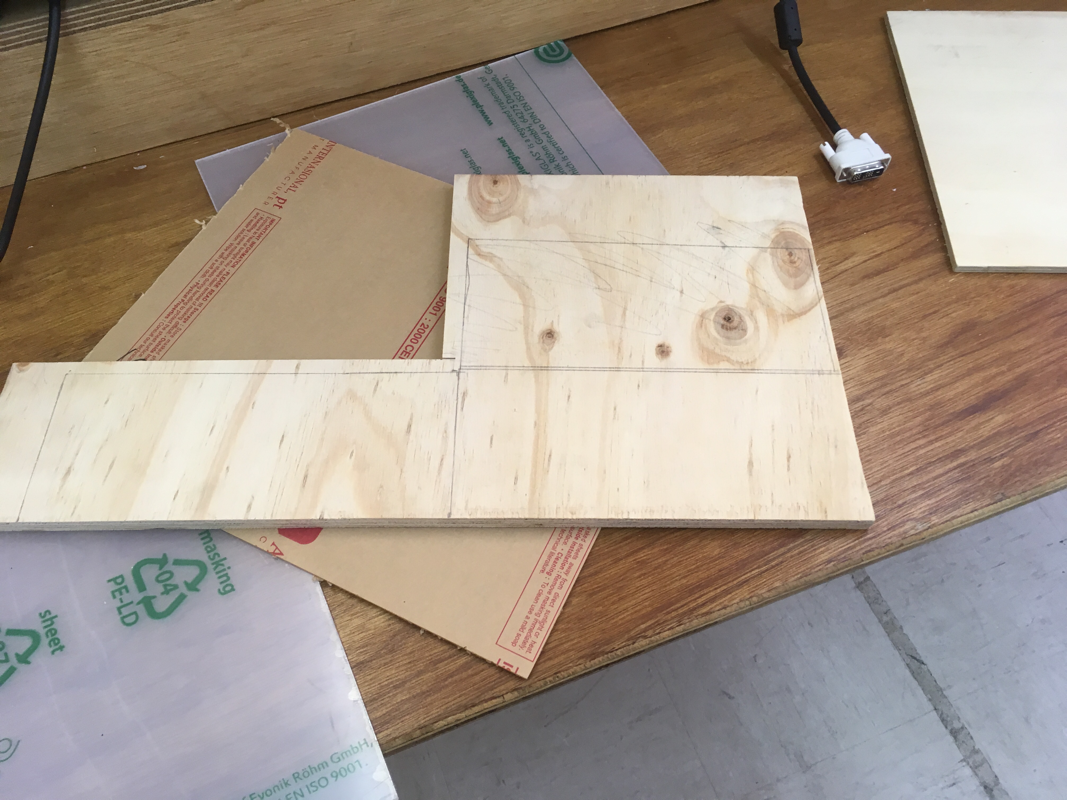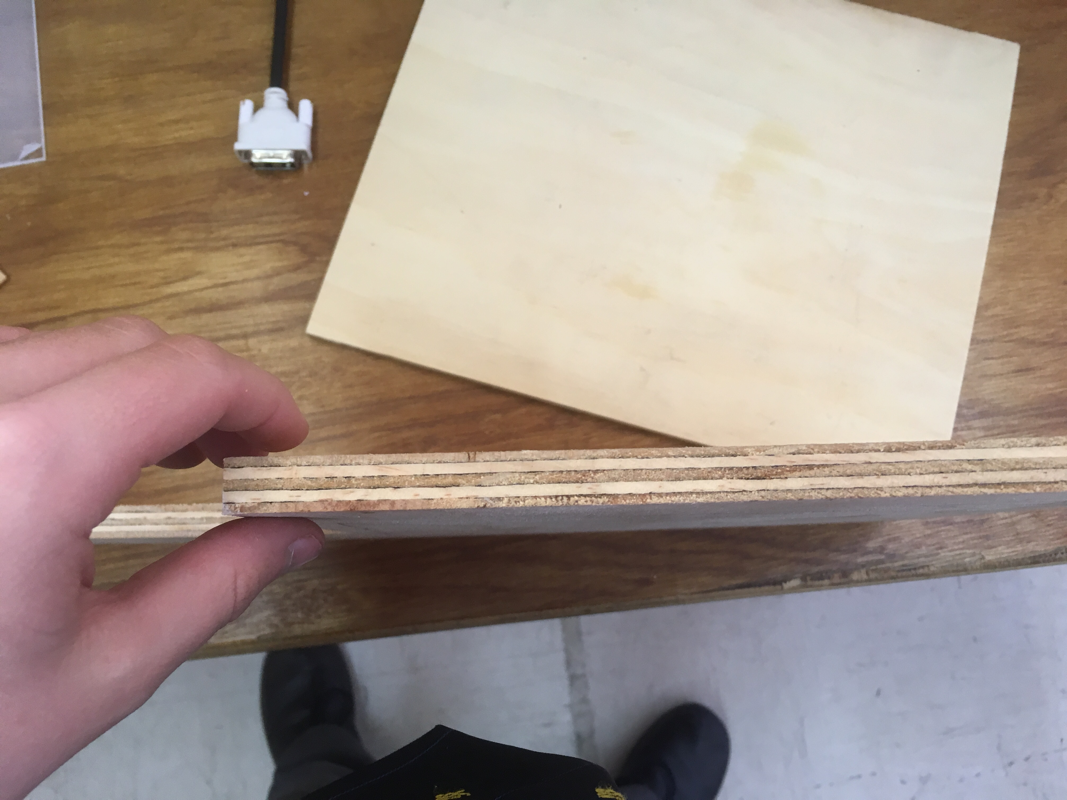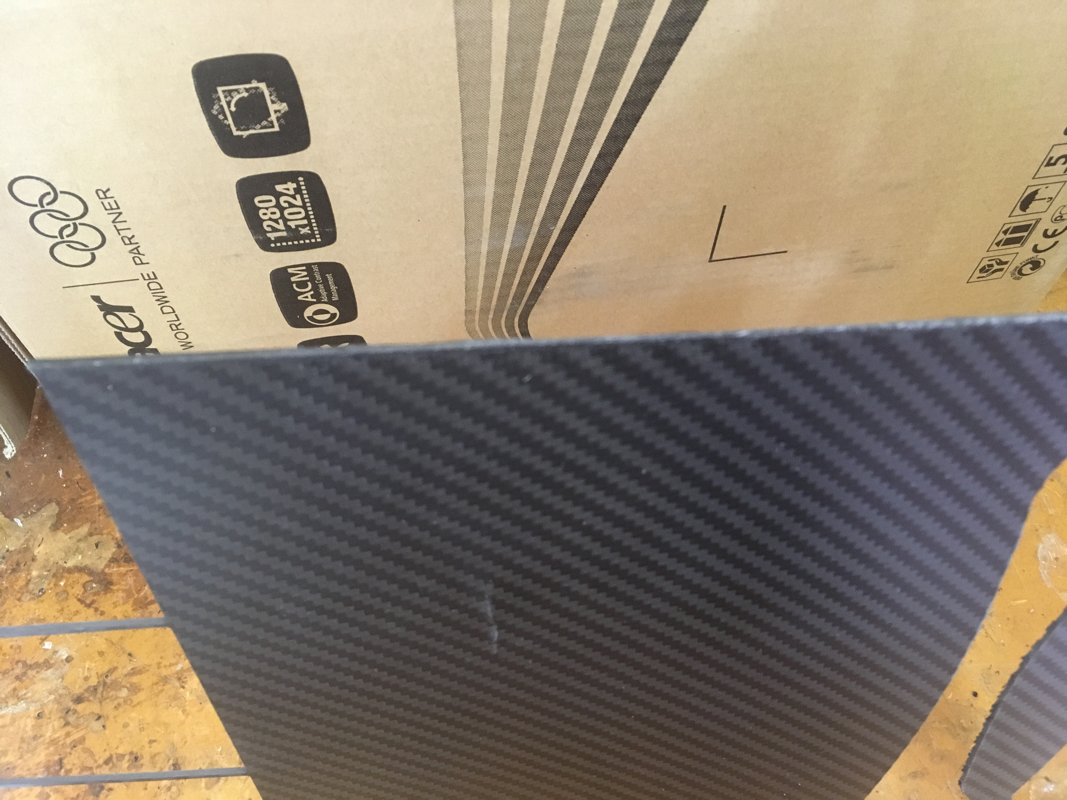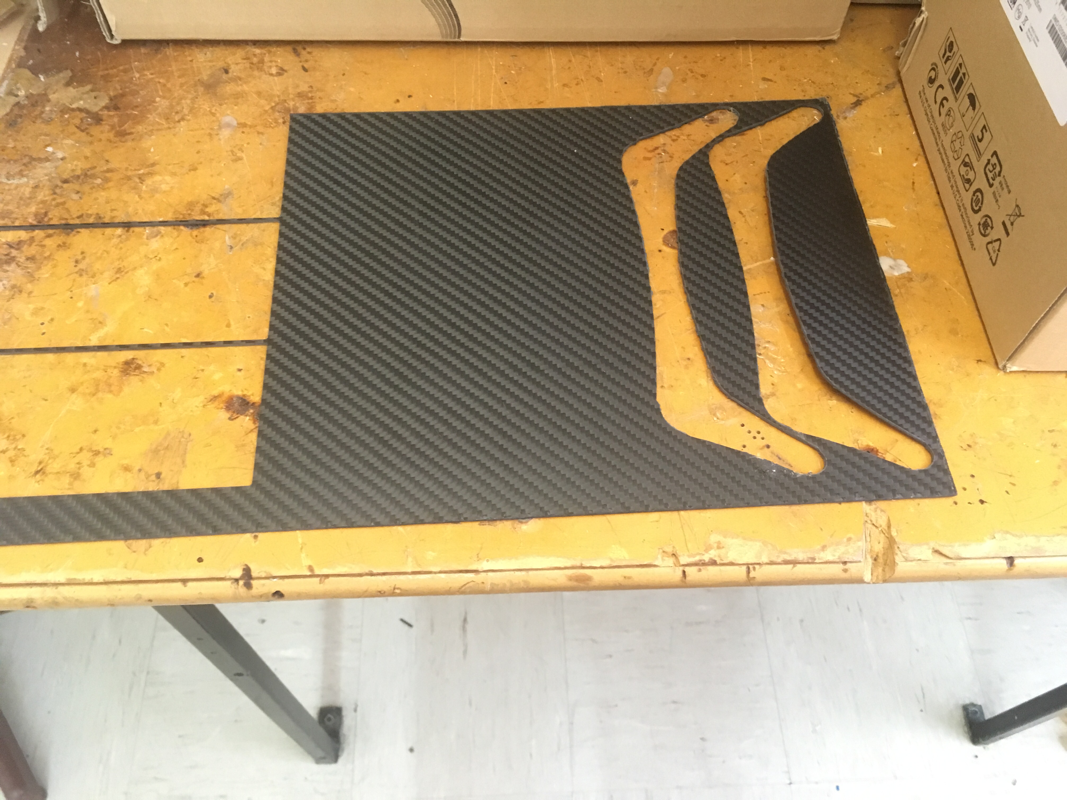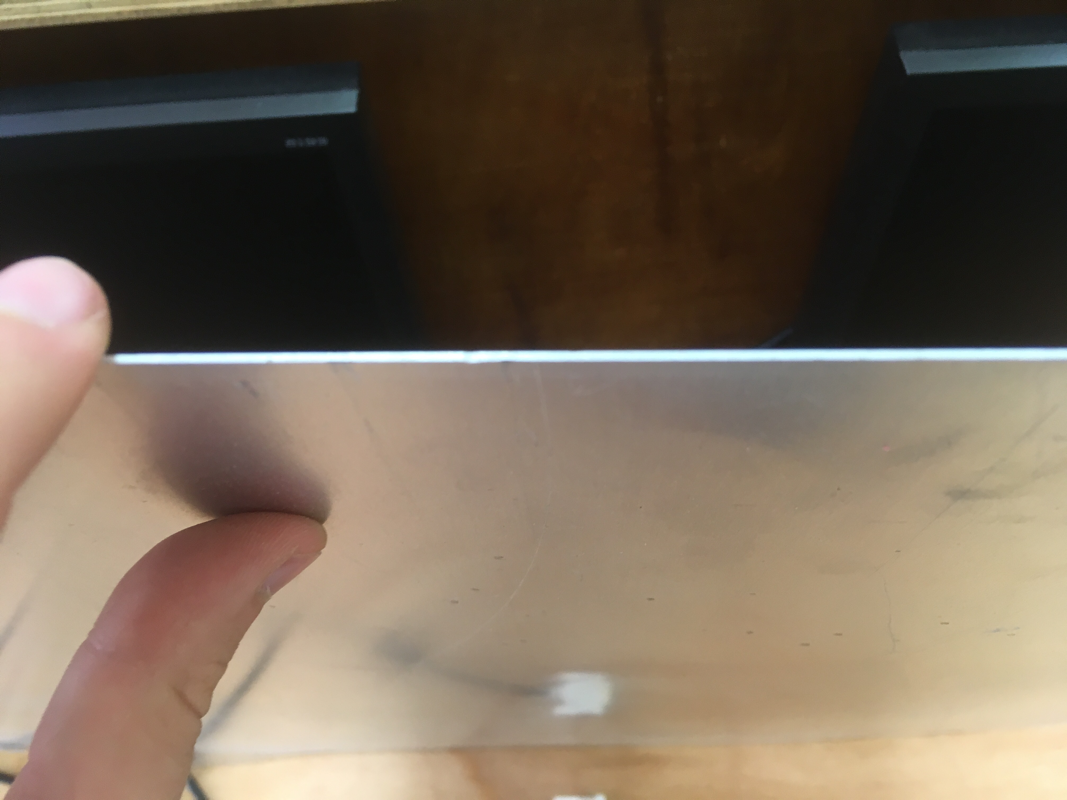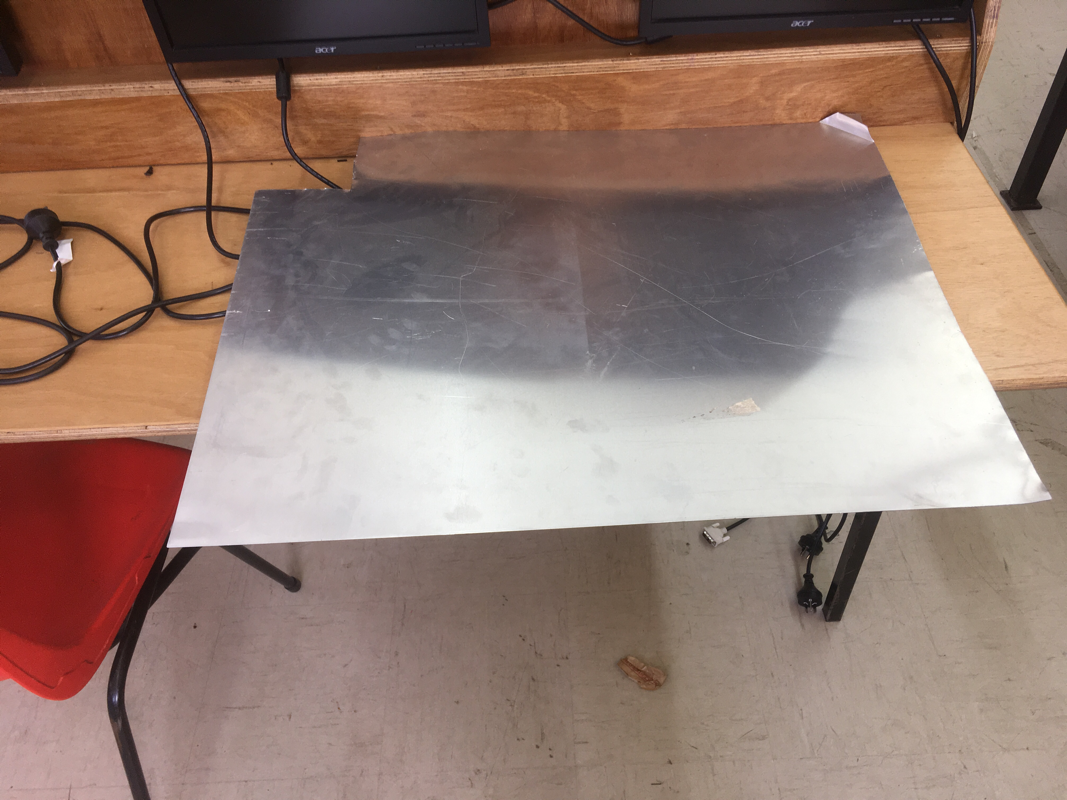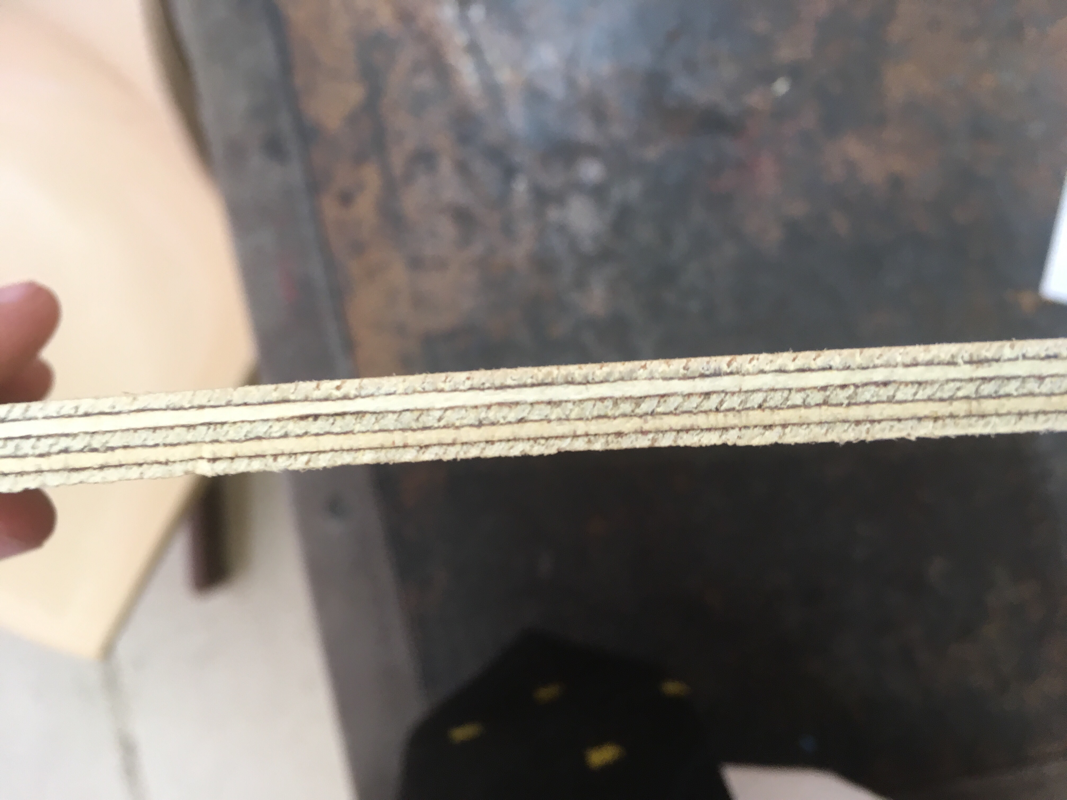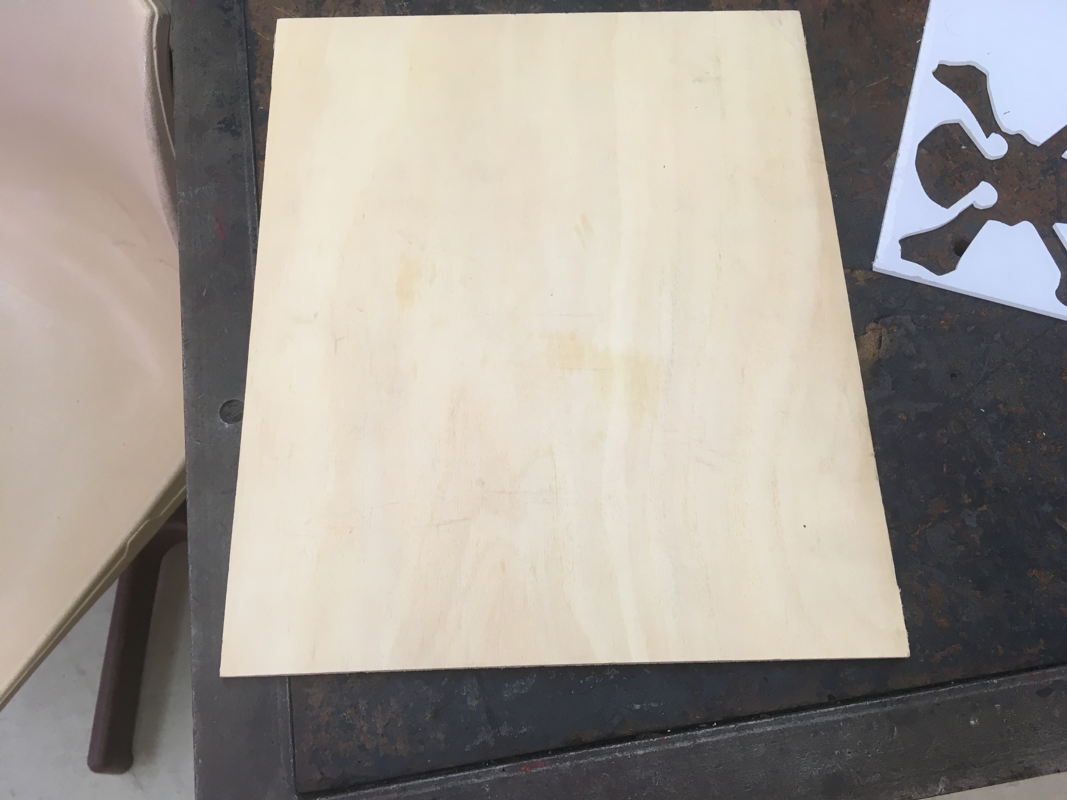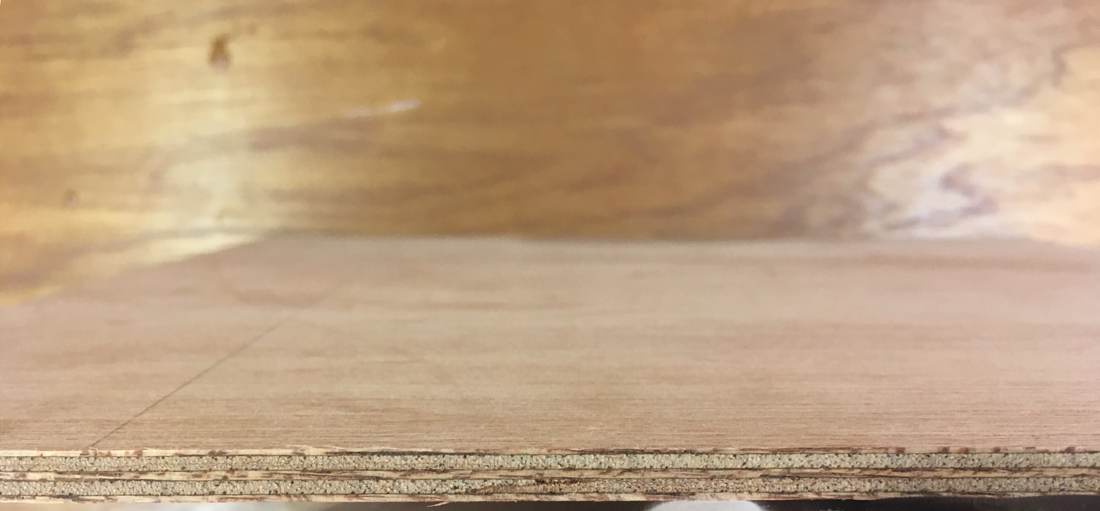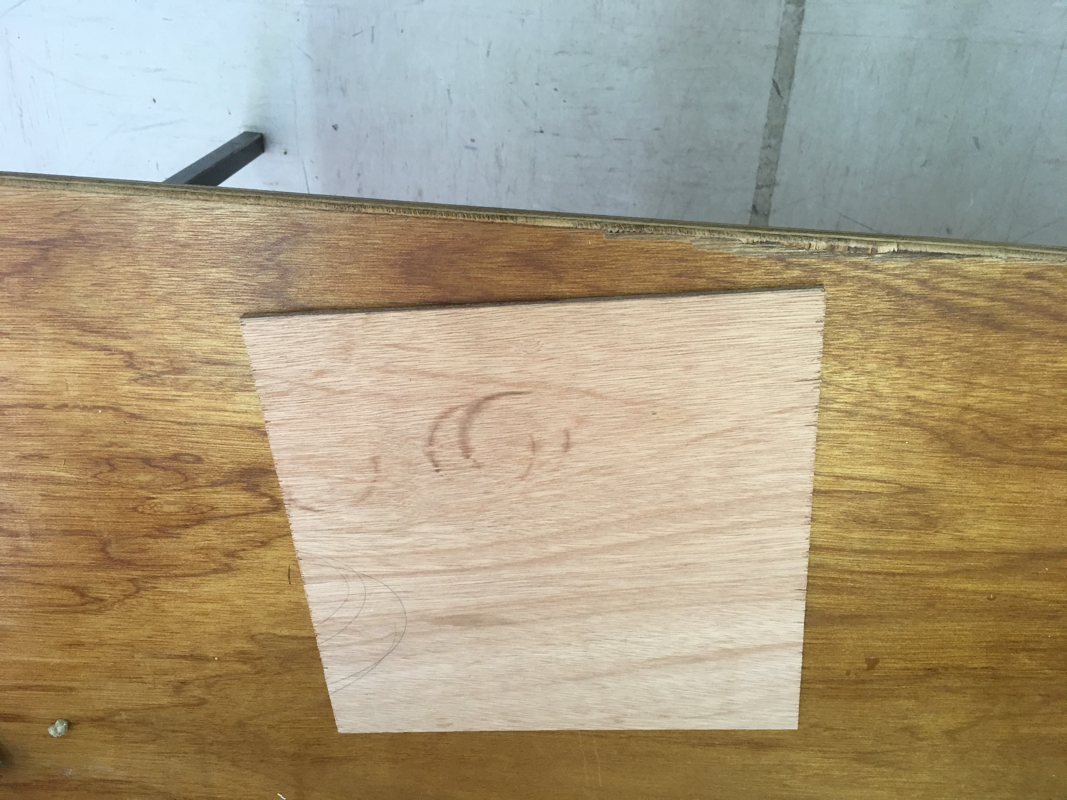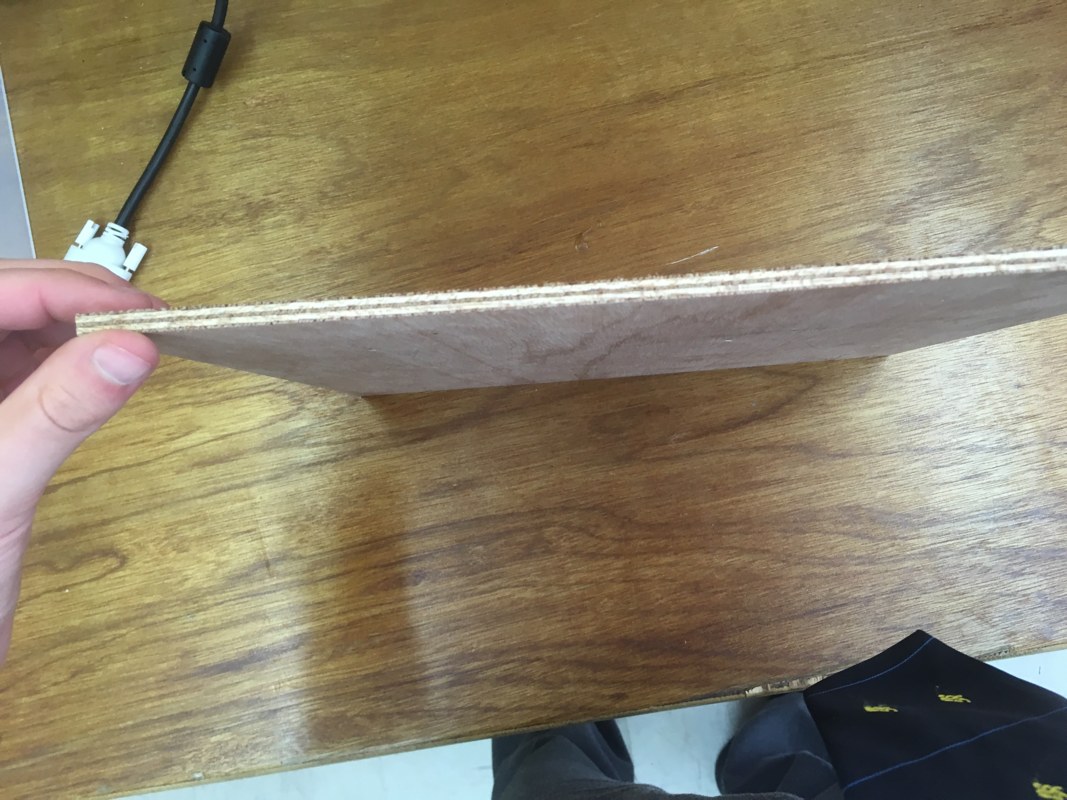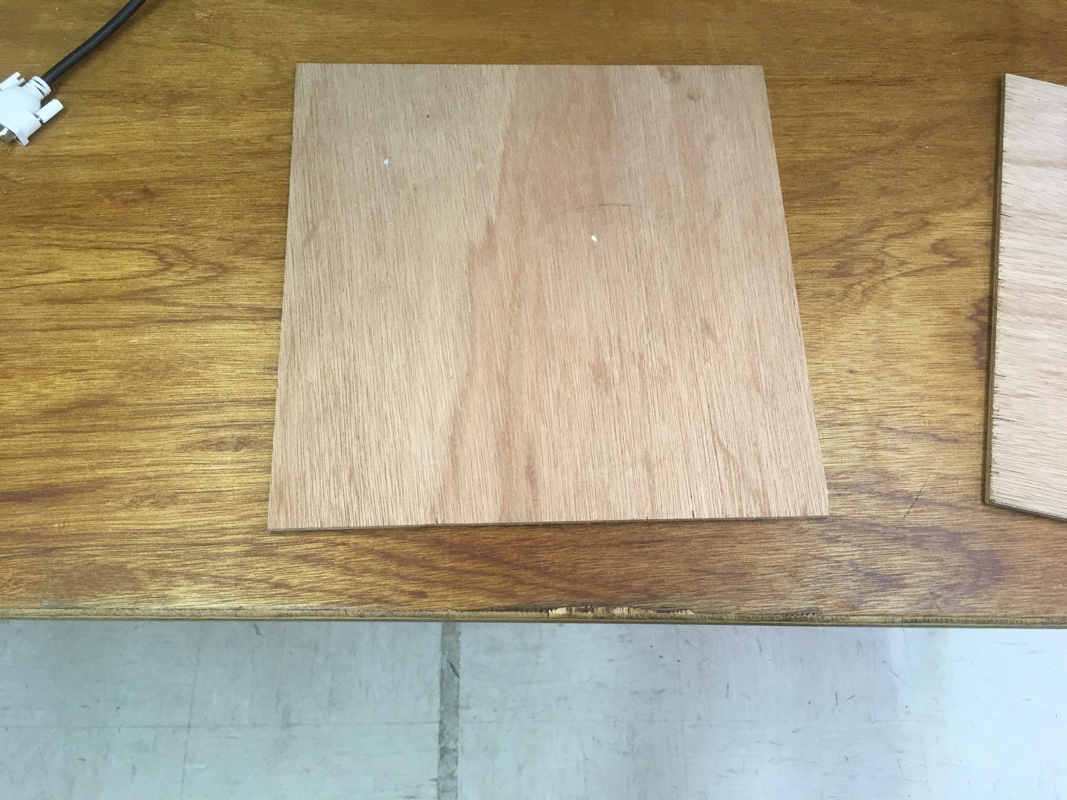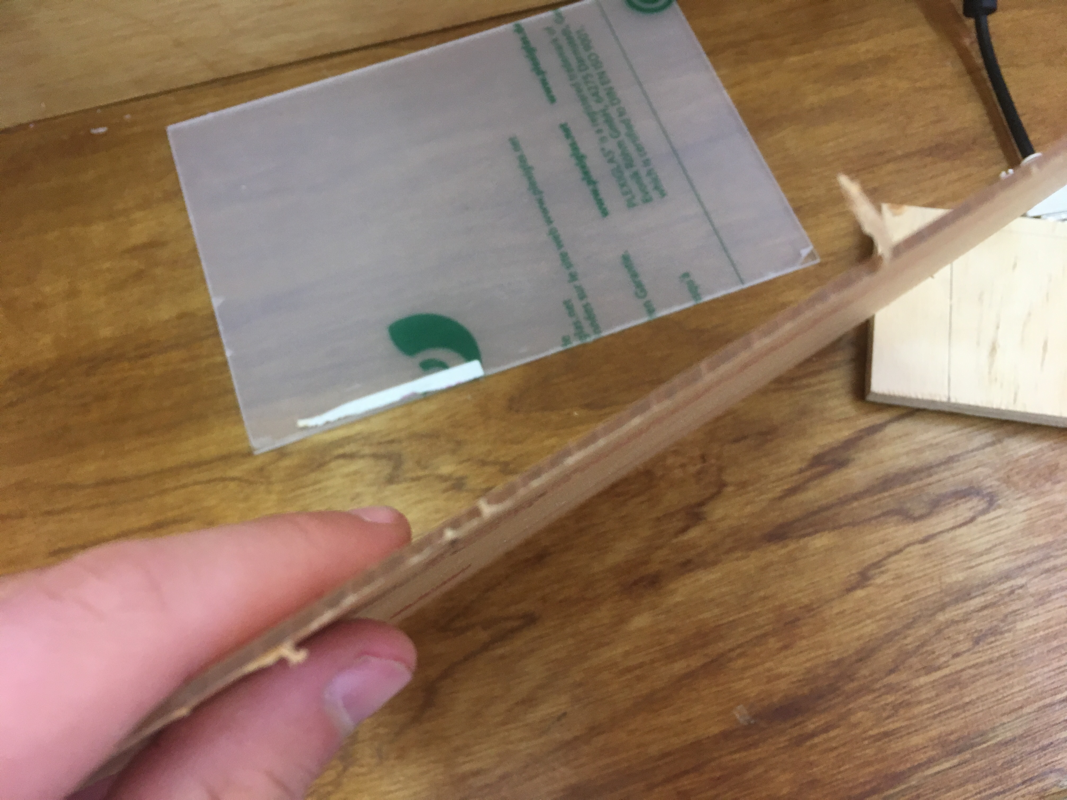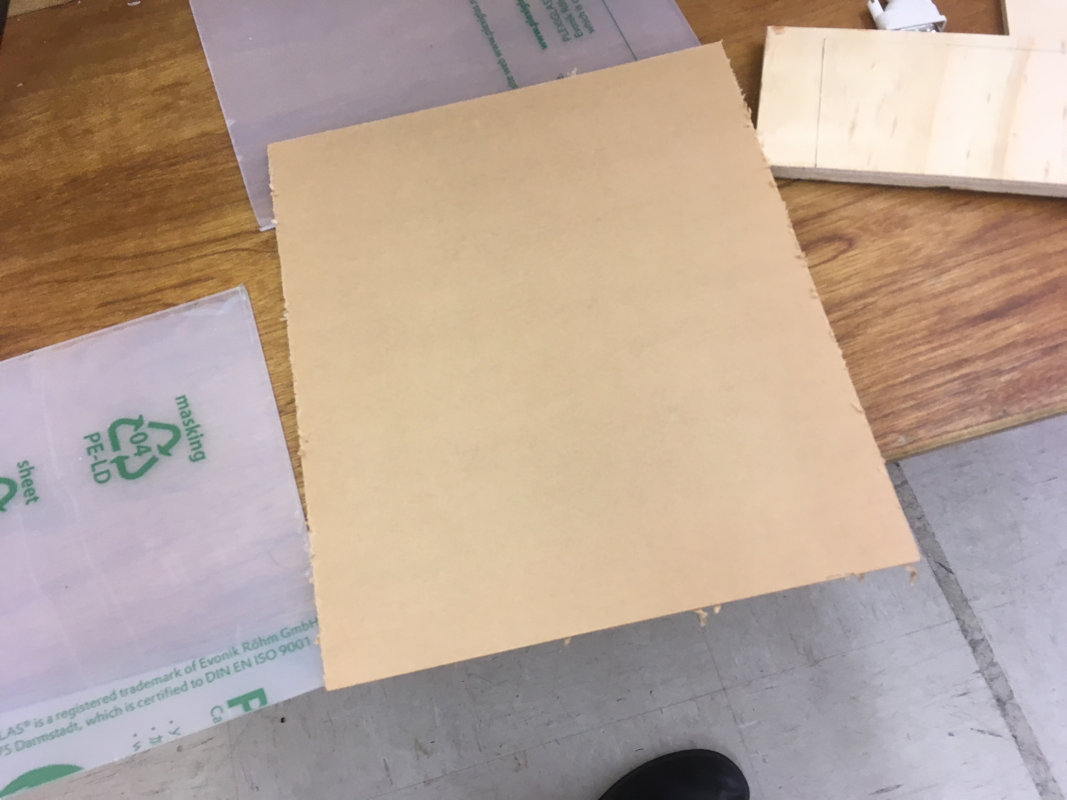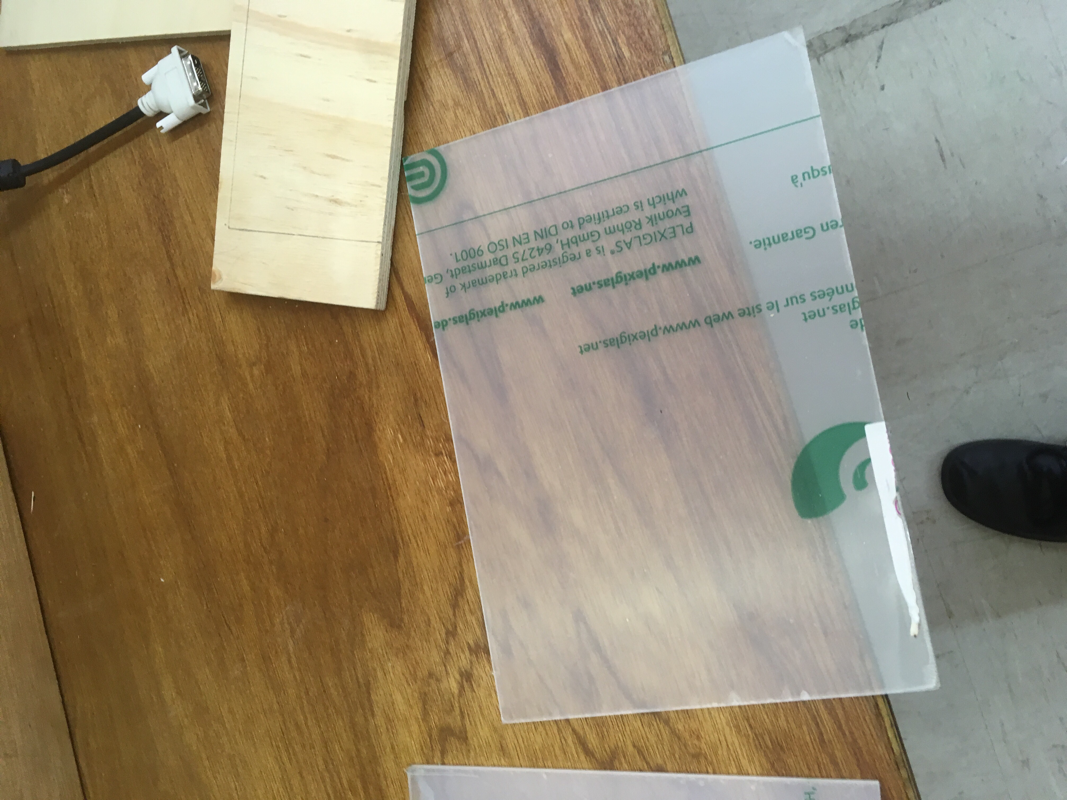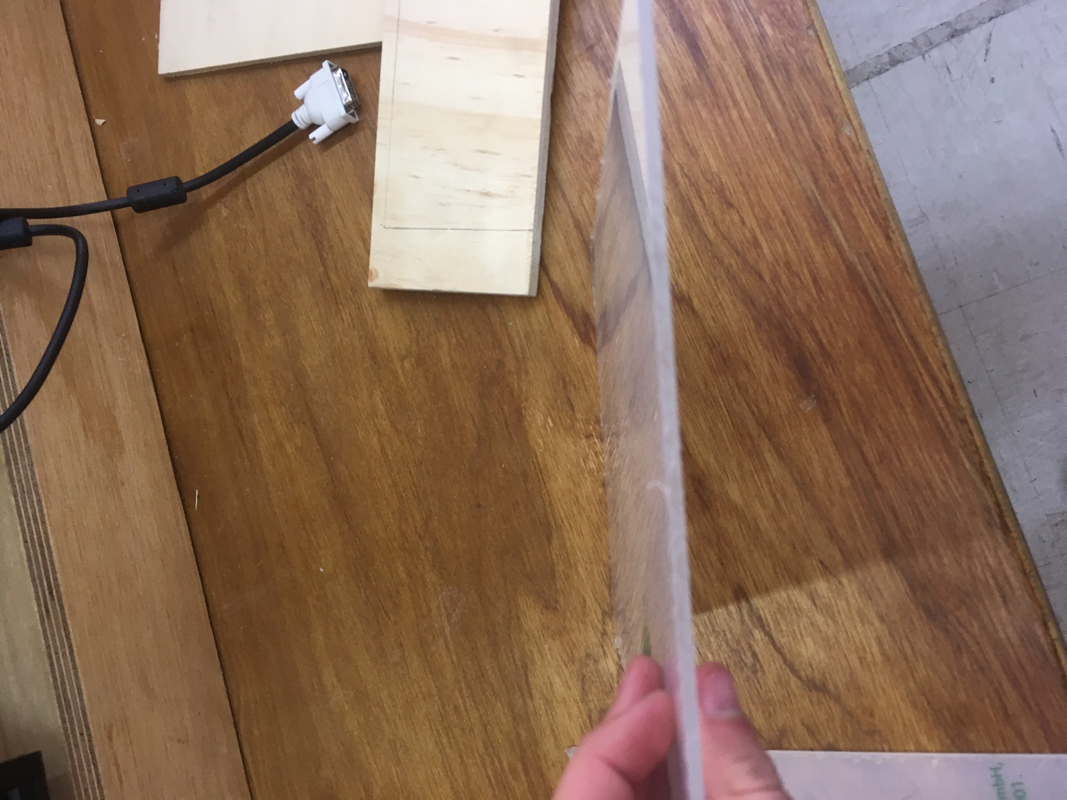iskandar taib wrote:
Hmmm... Send $20 to these folk and get four sheets of rubber in about three weeks:
http://www.aliexpress.com/item/RITC-729 ... 13352.html
No muss, no fuss.
Iskandar
http://www.aliexpress.com/item/RITC-729 ... 13352.html
No muss, no fuss.
Iskandar
Cheers, Iskandar, but I've already ordered 4 sheets Reactor Corbor off Aliexpress - I don't reckon it'll be too long before they arrive.
kim biceps wrote:
One way to eliminate human error, probably let robo pong hit the bat stationery? Just a suggestion
Thanks Kim, I'm doing that anyway - I set the robot up and measure the angle & velocity of the rebound.
I'll have different speed/power tests, I'll do one set with a rubber on, and one without. One lot of tests will be done with the blade handle in a clamp, allowing the blade to flex a little on impact, while another will be done with the blade mounted against some timber, which will isolate the hardness variable. I'll then set the robot to different speeds and measure the rebound speed: hopefully I'll get a nice graph to show how the blade reacts at different speeds.
The spin test will also be done with and without a backing (timber), and I will measure the throw angle (which I figure out by subtracting the angle of incidence from the angle of reflection), and that will determine the spin result.
